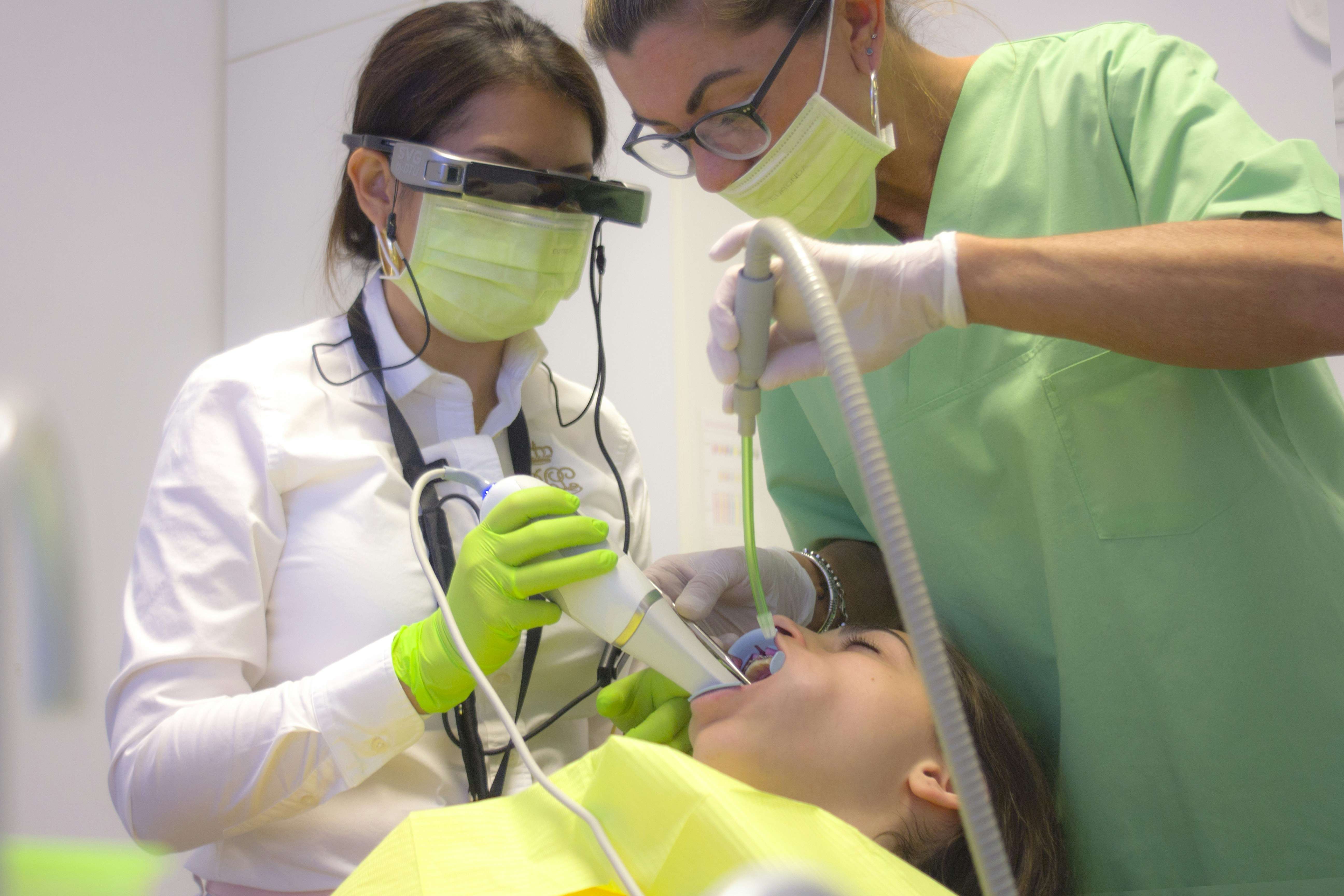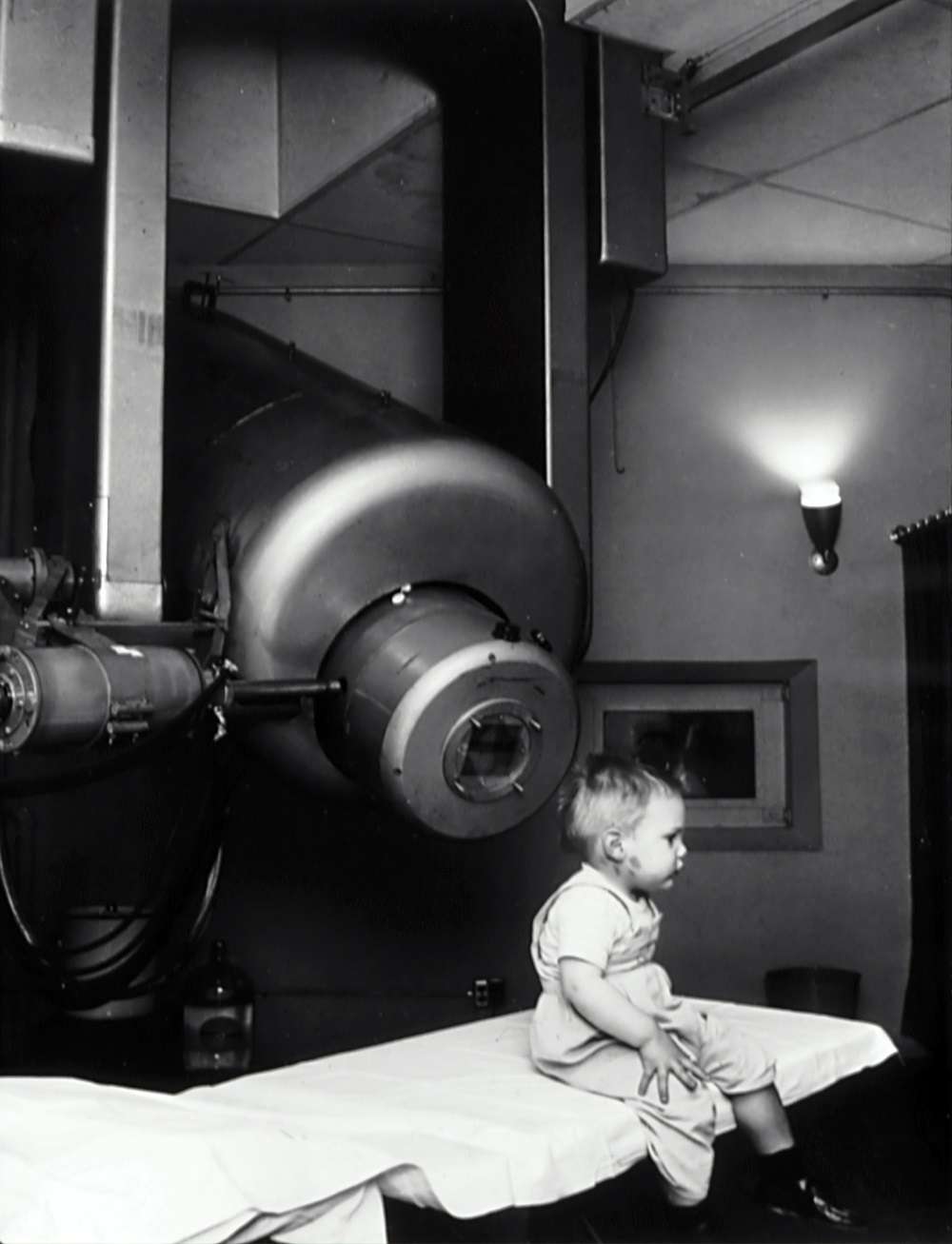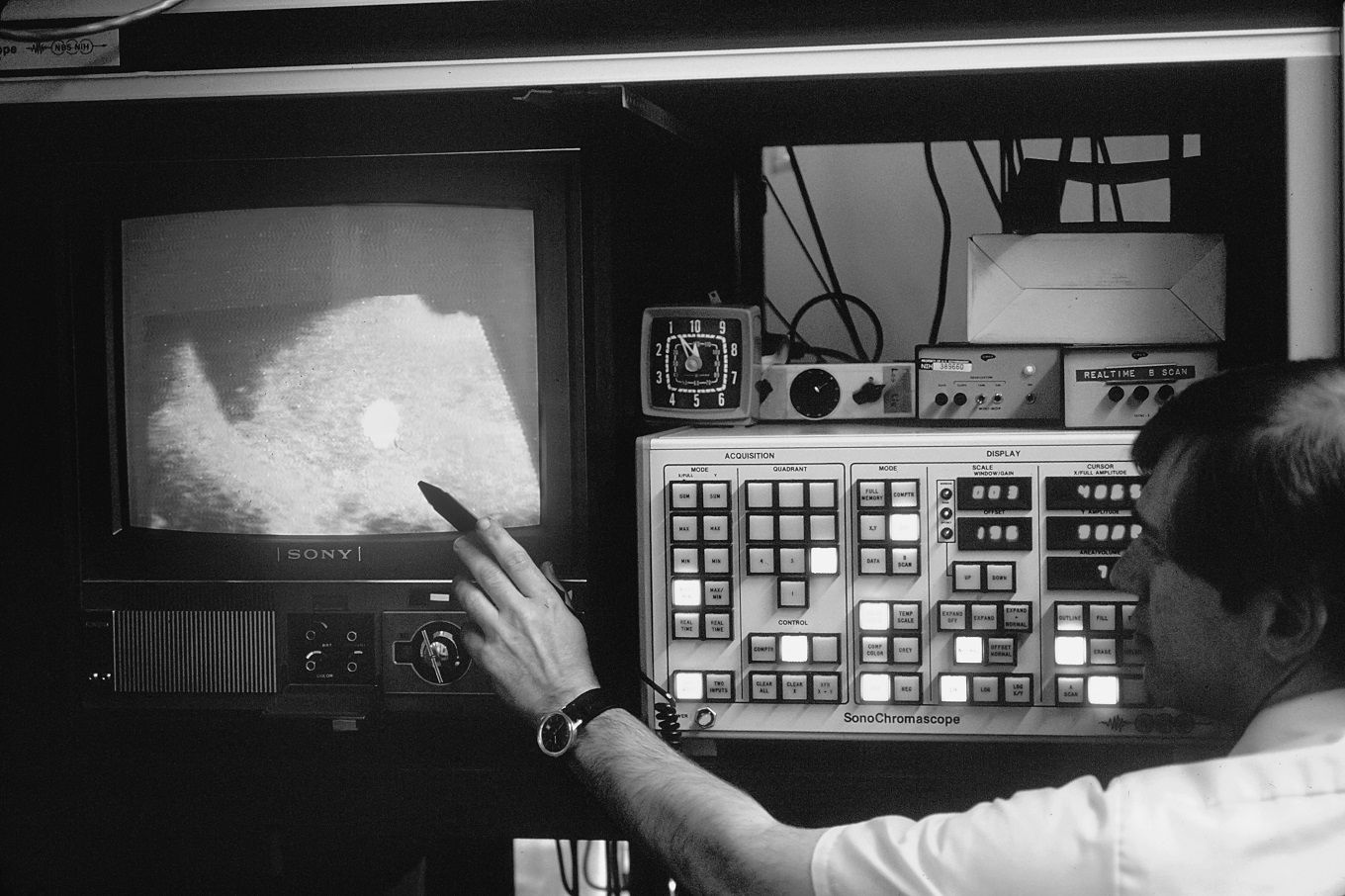- 26 January 2024
- No Comment
- 632
How Virtual Reality is Revolutionizing Healthcare

In ancient times, seeking medical treatment was a daunting task. People relied on various herbal remedies at home for self-healing, using a variety of medicinal plants. Some individuals, driven by strong religious beliefs, even resorted to prayers and blessings for healing.
We often see in war movies and dramas how soldiers, when injured, undergo painful procedures to treat their wounds—scenes that evoke a sense of empathy and pain.
Similarly, in the case of outbreaks, entire populations used to fall victim, and childbirth was often a risky experience for both mothers and newborns.
However, the last two centuries have witnessed significant advancements in medical science, setting the stage for transformative technologies, such as Virtual Reality (VR).
VR is not just about gaming and entertainment; medical professionals can now practice complex surgeries or delicate procedures in a risk-free virtual environment, enhancing their skills and reducing the margin for error when dealing with real patients.
The immersive nature of VR allows patients to experience simulated environments that aid in pain management, rehabilitation, and even mental health treatments.
Before we jump into the fascinating world of VR and explore How VR is transforming the Healthcare sector, let’s go through some history of the healthcare sector first.
Ancient Romans (753 BC–410 AD):
Back in the day, the Ancient Romans were pioneers in organized healthcare. They took care of their soldiers, had a public health system, and even tackled issues like malaria by draining wetlands.
However, despite these efforts, people’s life expectancy was around 35 years.
Dark Ages (400–800 AD):
During the Dark Ages, science and medicine took a backseat. Instead of medical treatments, people relied on prayers and divine intervention. Monks played a crucial role by providing herbal remedies. Unfortunately, life expectancy was only 20 to 30 years.
Middle Ages (500–1500 AD):
Moving on to the Middle Ages, diseases like smallpox, diphtheria, tuberculosis, typhoid, and the infamous bubonic plague wreaked havoc, wiping out a significant portion of the population.
Barbers were not just cutting hair; they were also performing surgeries and bloodletting. Although some regulations for male physicians started emerging, life expectancy remained low, ranging from 20 to 35 years.
Renaissance (1300–1600 AD):
The Renaissance, or the Age of Enlightenment, brought a wave of scientific progress. The scientific method was developed, the microscope was invented, and the study of human anatomy became more detailed.
This era also saw the printing press, making medical knowledge more widely available.
20th Century:

As we entered the 20th century, societies became more organized. Governments at state and county levels started regulating medical training and services. Licensing for medical professionals became a norm.
This period also witnessed groundbreaking discoveries like X-rays in 1895 and penicillin in 1920, transforming medical treatments. Diagnostic technologies like CT scans and MRIs emerged in the 1970s.
In 1954, the first successful kidney transplant took place, following earlier attempts with eye and skin transplants.
In 1978, in vitro fertilization became a reality. Advances in laser, micro, and robotic surgeries marked the late 20th century.
Life expectancy in the early 1900s was around 50 years but steadily increased to 63 by 1925, reaching 78 by 1950. This trend continued, and by 2010, it had remained fairly constant.
The evolution of healthcare reflects a journey from ancient remedies to cutting-edge technologies, significantly impacting the quality and length of human life.
How Virtual Reality Is Transforming Healthcare
While many think of virtual reality (VR) as something for games, it’s actually a cutting-edge tech that can bring big changes to different areas.
In the field of healthcare, doctors and other professionals are looking into how VR can help patients and healthcare workers for better results. This includes areas like surgery, handling pain, recovering from injuries, managing mental health, and more.
Enhancing Surgery Effectiveness
At George Washington University, a cutting-edge VR tool is making waves in neurosurgery and thoracic surgery. Surgeons can virtually explore a patient’s brain and body before the actual procedure, leading to better surgical efficiency and awareness.
This not only benefits the medical team but also helps patients and their families understand the procedures in advance. According to a study in the Harvard Business Review, VR training boosted participants’ surgical performance by an impressive 230%, surpassing the results of traditional methods.
UConn Health is also embracing VR solutions, such as those from PrecisionOS and Oculus, to train orthopedic surgery residents. This approach not only provides valuable practice opportunities for surgeons but also saves time and money. Unlike traditional cadaver practice, which limits residents to certain procedures due to resource constraints, VR training allows for repeated practice and mastery.
Building More Empathy
Certain hospitals are turning to VR simulations as a tool to deepen doctors’ understanding of their patients’ experiences. VR can create simulations of health conditions like dementia, Parkinson’s disease, or a migraine headache.
In the realm of training for aging services, research indicates that VR significantly improves students’ grasp of age-related health issues. Moreover, it fosters greater empathy toward older adults facing challenges such as vision and hearing loss or Alzheimer’s disease.
Easing Pain with VR
Virtual Reality (VR) has emerged as a powerful tool for alleviating and reducing pain. At Cedars-Sinai Hospital, it was discovered that a VR experience can lead to a remarkable 24% or more reduction in pain.
This technology is not limited to specific conditions; it can assist women in labor, individuals dealing with acute or chronic pain, and more. Importantly, VR treatments often offer an alternative to pharmaceutical therapies, presenting a non-invasive approach to managing pain.
In addition, VR headsets are making a positive impact on the well-being of sick and injured children. By transporting them into digital worlds and games, VR helps distract young patients during treatments.
This distraction not only reduces their pain but also alleviates anxiety. A study conducted by the University of Washington revealed that burn patients reported significantly less pain when engaged with VR, and brain scans showed a noticeable decrease in pain-related brain activity while using this technology.
Improving Physical Therapy with VR
Virtual Reality (VR) has proven to be a valuable asset in physical rehabilitation. Especially for patients undergoing physical therapy, VR offers an effective tool for treatments. Utilizing motion-enabled games, VR can replicate specific physical movements, adding an extra layer of motivation for exercises.
Therapists have the flexibility to customize settings to suit individual patient needs. Additionally, VR rehabilitation enables patients to practice real-life skills virtually, like grocery shopping or dishwashing, contributing to their overall recovery.
In the case of children with cerebral palsy, VR has demonstrated its usefulness as a treatment method, significantly enhancing motor functions. This showcases the versatility of VR in addressing diverse therapeutic needs and making rehabilitation more engaging and impactful.
Enhancing Memory and Cognitive Functions through VR
Innovative startups like MyndVR and Rendever are harnessing the power of VR technology to aid seniors in boosting their memory, cognitive function, rehabilitation therapy, and socialization.
Research indicates that VR intervention has the potential to enhance cognitive and motor function in older adults dealing with mild cognitive impairment or dementia. This improvement extends to various aspects, including attention and execution, memory, global cognition, and balance.
In cognitive rehabilitation, addressing conditions like multiple sclerosis (MS) and spatial deficits after a stroke, studies highlight the effectiveness of VR.
By amplifying sensory input and promoting multisensory integration and processing, VR complements traditional therapies, strengthening their impact on cognitive rehabilitation efforts.
This underlines the versatility of VR in addressing diverse cognitive challenges and contributing to overall well-being.
Addressing Mental Health with VR
Virtual Reality (VR) proves to be a valuable tool in the treatment of anxiety and trauma. For instance, psychologists can employ virtual exposure therapy to assist patients who have experienced traumatic events, like a car crash.
This approach allows patients to confront their fears in a controlled and safe environment, such as by navigating virtual public streets, providing a more manageable alternative to in-person visits.
The impact of VR exposure therapy can be quite remarkable; studies show that it can reduce the self-reported fear of heights by an average of 68%.
This type of treatment is not limited to specific conditions and can be extended to aid patients dealing with various psychological challenges and phobias, including depression, post-traumatic stress disorder, and more.
VR therapy demonstrates its versatility in offering tailored solutions to individuals struggling with mental health issues, showcasing its potential as a transformative tool in the realm of psychological well-being.
The diverse applications of virtual reality in the medical field are numerous, and ongoing research keeps unveiling innovative ways to harness this technology for enhanced healthcare and more effective patient treatments.
With a staggering compound annual growth rate of 30.3%, virtual reality is advancing rapidly.
It is on the brink of not just entering but transforming numerous industries, promising widespread benefits for us all. The potential for positive change and improvement across various sectors is truly on the horizon.
From enhancing surgical precision to easing pain, building empathy, and improving cognitive functions, VR is proving to be a versatile and impactful tool. The future with VR appears exciting and full of potential benefits.
The transformative journey of Virtual Reality is not just about technology; it’s about creating a more connected, empathetic, and efficient world for us all. Stay tuned with us; we’ll delve into more emerging technologies in healthcare and other sectors, shedding light on innovations that benefit mankind.

